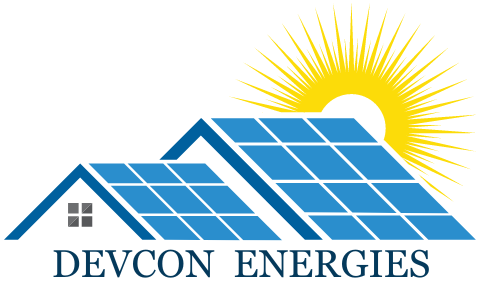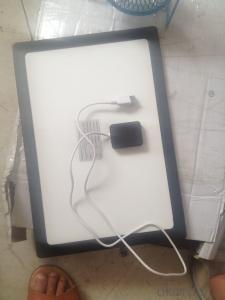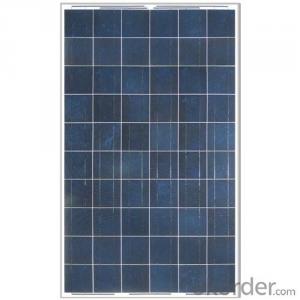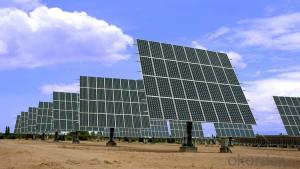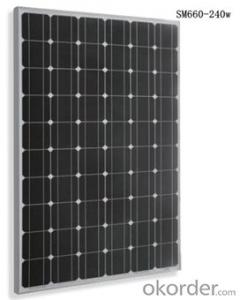Monocrystalline Solar Panels-30W-Apply to solar systems
Description
Product DescriptionSolar Monocrystalline Series PanelsIntroduction of Monocrystalline Solar PanelsCNBM Solar photovoltaic (PV) Panel is designed for large electrical power requirements. It is the optimal choice for both on-grid and off-grid power systems. CNBM Solar panel offers high performance of power per square foot of solar array. Monocrystalline silicon(c-Si): often made using the Czochralski process. Single-crystal wafer cells tend to be expensive, and because they are cut from cylindrical ingots, do not completely cover a square solar cell module without a substantial waste of refined silicon. Hence most c-Si panels have uncovered gaps at the four corners of the cells.ÿCharacteristics of Monocrystalline Solar PanelsI Solar Cell : High efficiency crystalline solar cell. Even if under the weak light, the solar module can produce maximum power output.II Tempered glass (toughened glass): Anti-reflecting coating and high transmission rate glass increase the power output and mechanical strength of solar module.III EVA and TPT: Using high quality EVA and TPT to prevent destroying and water.IV AI frame: Without screw, corner connection. 6 holes on the frame can be installed easily.V Junction box: Multi function junction box with water proof.VI Long lifetime: ò25 years; Less power decreaseVII Good performance of preventing from atrocious weather such as wind and hails.VIII Resisting moisture and etching effectively, not effected by geology.ÿStandard Test Conditions of Monocrystalline Solar PanelsThe opto-electrical specifications shown below are stabilized values being measured at Standard Test Conditions, Irradiance: 1000W/m2, Spectrum: AM1.5 at 25øC, The info below is subject to manufacturing tolerances. Where appropriate minutes of measurement are available and are used for the dimensioning of the installation.ÿAdvantages of Monocrystalline Solar Panels1.High reliability with guaranteed -3% to +5% power output tolerance, ensuring return on investment
2. High conversion efficiency based on leading innovative photovoltaic technologies
3. Withstands high wind-pressure and snow load, and extreme temperature variations
4. Attractive appearance Unique frame design, high mechanical strength, and easy InstallationÿCharacteristics of Monocrystalline Solar PanelsÿMax Power Voltage Vmp (V)17.6V17.2 VMax Power Current Imp (A)1.71A2.33AOpen Circuit Voltage Voc (V)22.6V22.2VShort Circuit Current Isc (A)1.83A2.48AMax Power Pm (W)30W40WTemperature Coefficient of CellsÿNOCT47?ñ2?Temperature Coefficients of Isc (%/?)0.06Temperature Coefficients of Voc (%/?)-0.33Temperature Coefficients of Pmp (%/?)-0.45Mechanical Data Solar Monocrystalline SeriesPower90W/100WDimension510?450?25mm/610?510?25mmWeight2.7 kg/ 3.7kgToleranceñ3%The dimension of the modules can be changed according to the demand of clients Limits.Operating Temperature?45 øC to +80øCStorage Temperature?45 øC to +80øCMax System Voltage700VGuarantee Solar Monocrystalline Series PanelsProducts Guarantee2 years free from defects in materials and workmanshipPerformance GuaranteeNo less than 90% within 10yrs and no less than 80% within 25yrsCertificatesIEC, ISO, TUV, CEÿDimension of Solar Monocrystalline Series PanelsÿÿÿÿÿFAQÿWe have organized several common questions for our clients?may help you sincerely?ÿ1.ÿÿÿ What?s price per watt? A: It?s depends on the quantity, delivery date and payment terms of the order. We can talk further about the detail price issue. Our products is high quality with lower price level.ÿ2.ÿÿÿ Can you tell me the parameter of your solar panels?We have different series of cells with different power output, both from c-si to a-si. Please take our specification sheet for your reference.ÿ3.ÿÿÿ How do you pack your products?We have rich experience on how to pack the panels to make sure the safety on shipment when it arrives at the destination.ÿ4.ÿÿÿ What is your warranty system?ÿOur product performance guarantees for 25 years? 12 years guarantee for workmanship? Timeliness of delivery? Quality Products certified (TV, UL, CE, ISO)ÿ5.ÿÿÿ How do you pack your products?We have rich experience on how to pack the panels to make sure the safety on shipment when it arrives at the destination.ÿIt wasn’t too long ago that the idea of generating electricity from the sun was a scifi dream, when it did become a reality it was mostly seen in small appliances, such as the humble desk top calculator. The sheer cost of solar panels for generating an alternative electricity supply for the home put the idea way beyond the reach of most home owners. But today, as solar cells are easier and cheaper to produce, solar panels are more popular. Of course, this interest is driven by a steady increase in the cost of National Grid power and a growing awareness of the damage traditional methods of power generation does to the environment.Solar panels are created from multiple solar cells, the more energy we want to generate, the bigger the panel and the more cells we need. A solar cell is usually made from slices of silicon, the same as used in a CPU, which are mounted underneath a non reflective base, usually glass. Each solar cell generates a small current. However, if we link a sufficient number of these cells together we can increase the current proportionally. In this way we can increase the wattage to a level high enough to at least partially support an average household’s electric usage, or even end their dependency on the local cable electricity supply.So in short, when light strikes silicon it creates a small current, this current can be increased by linking many cells together in a panel. A solar panel. If you want more electricity, you simply add more panels.
ÿ
There is a mathematical formulae for calculating the amount of watts generated so installers can easily estimate how many panels you want once they know your electricity consumption.There are a couple of ways to have solar energy run your house, one is by installing ready made panels, bought from a hardware shop. You can have a trades person install them or do it yourself.
DIY is the second alternative to connecting your power needs to the sun, with a few tools a little knowledge of carpentry and common sense. You will need to buy solar cells, but after thatÿ you can buildÿ your own solar panels with very little effort.
